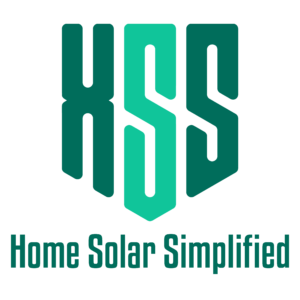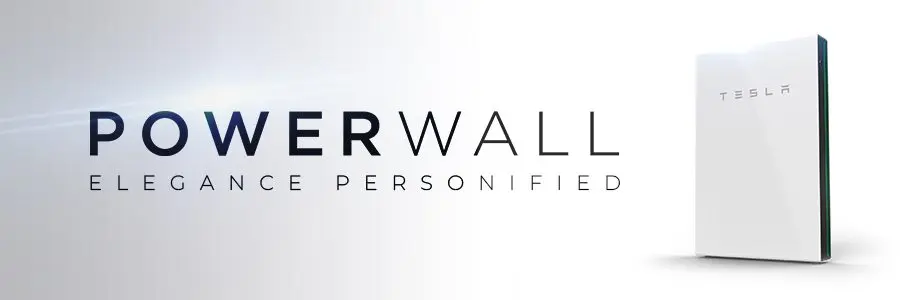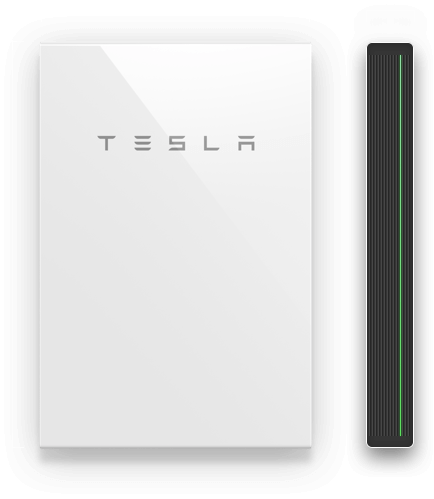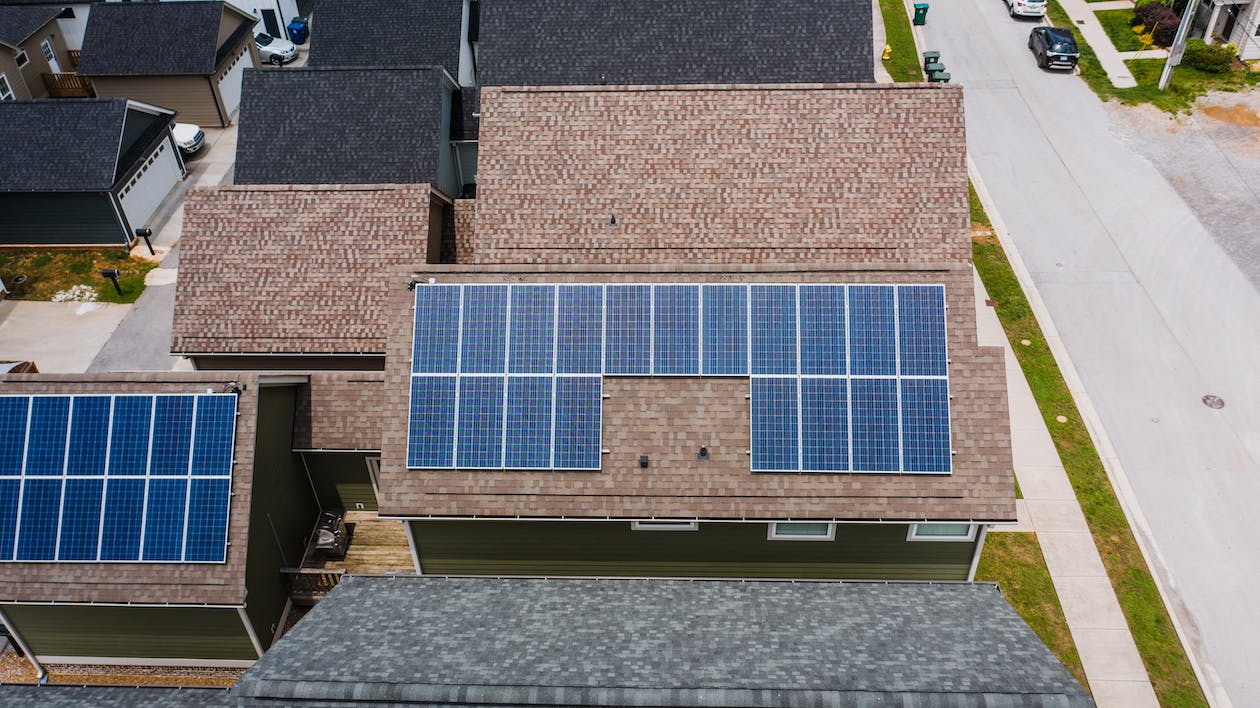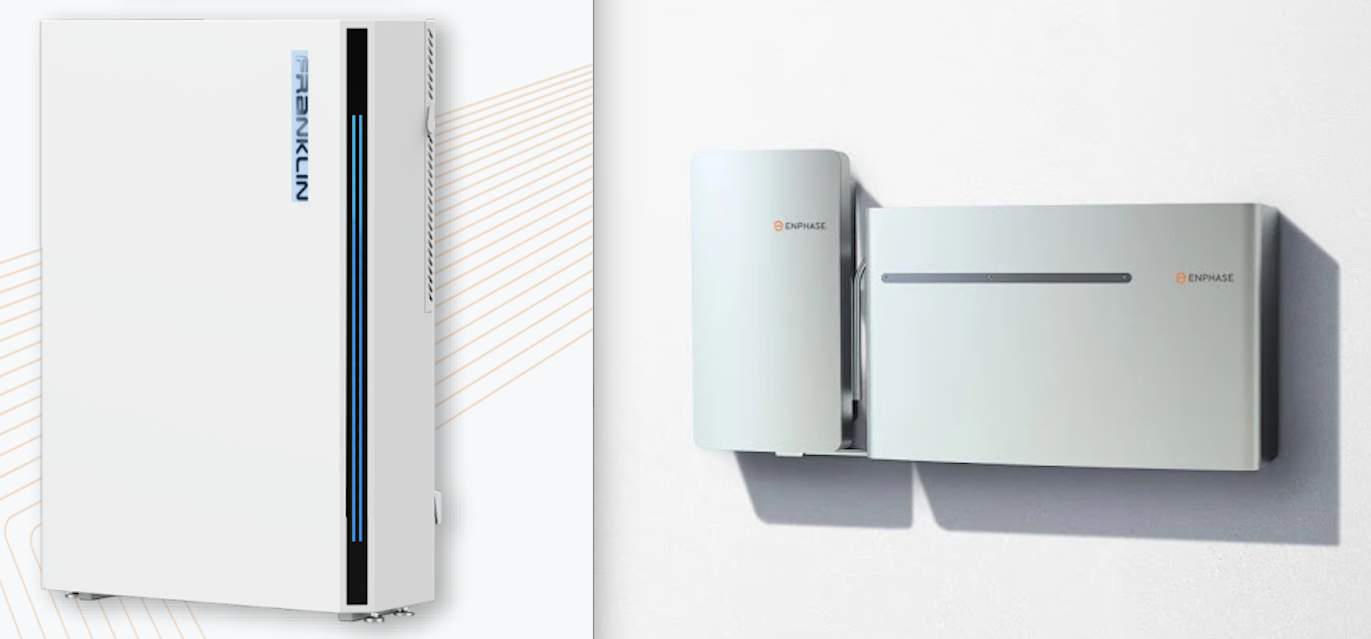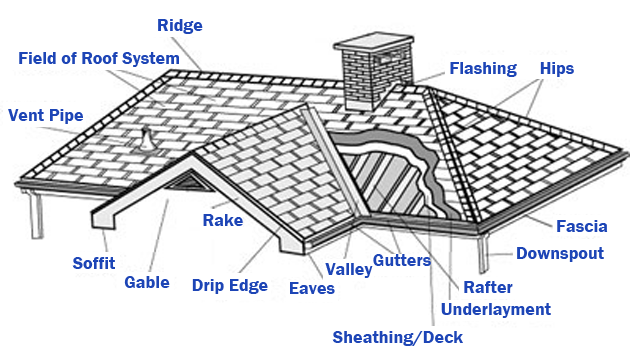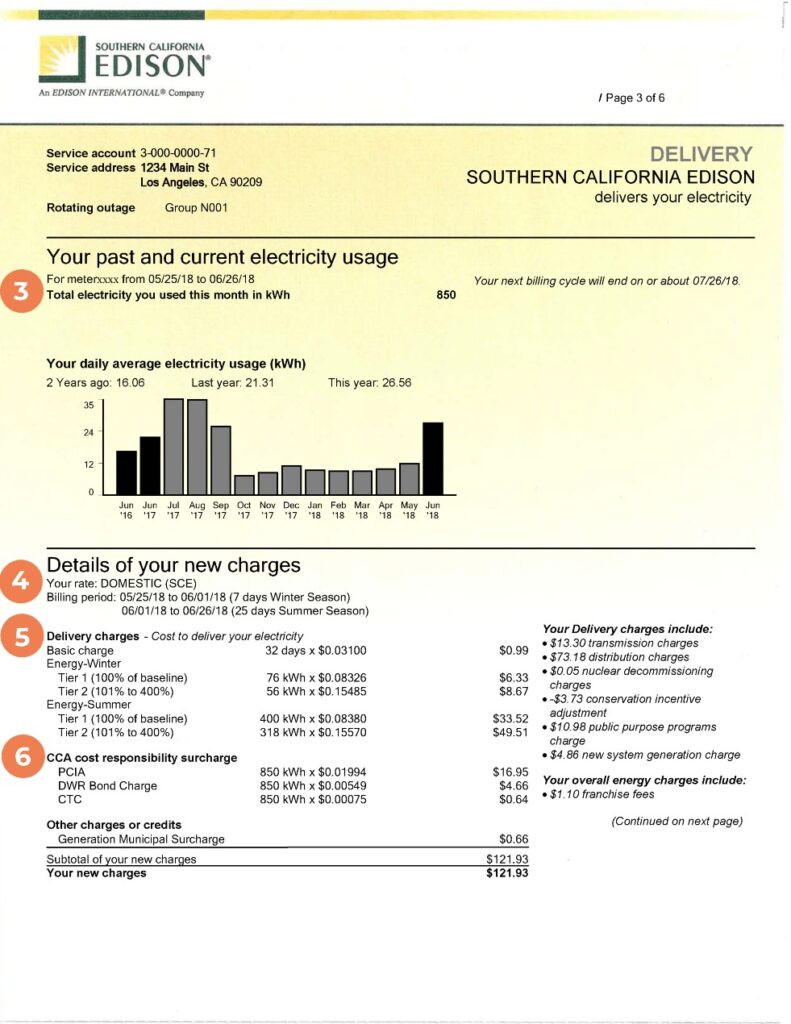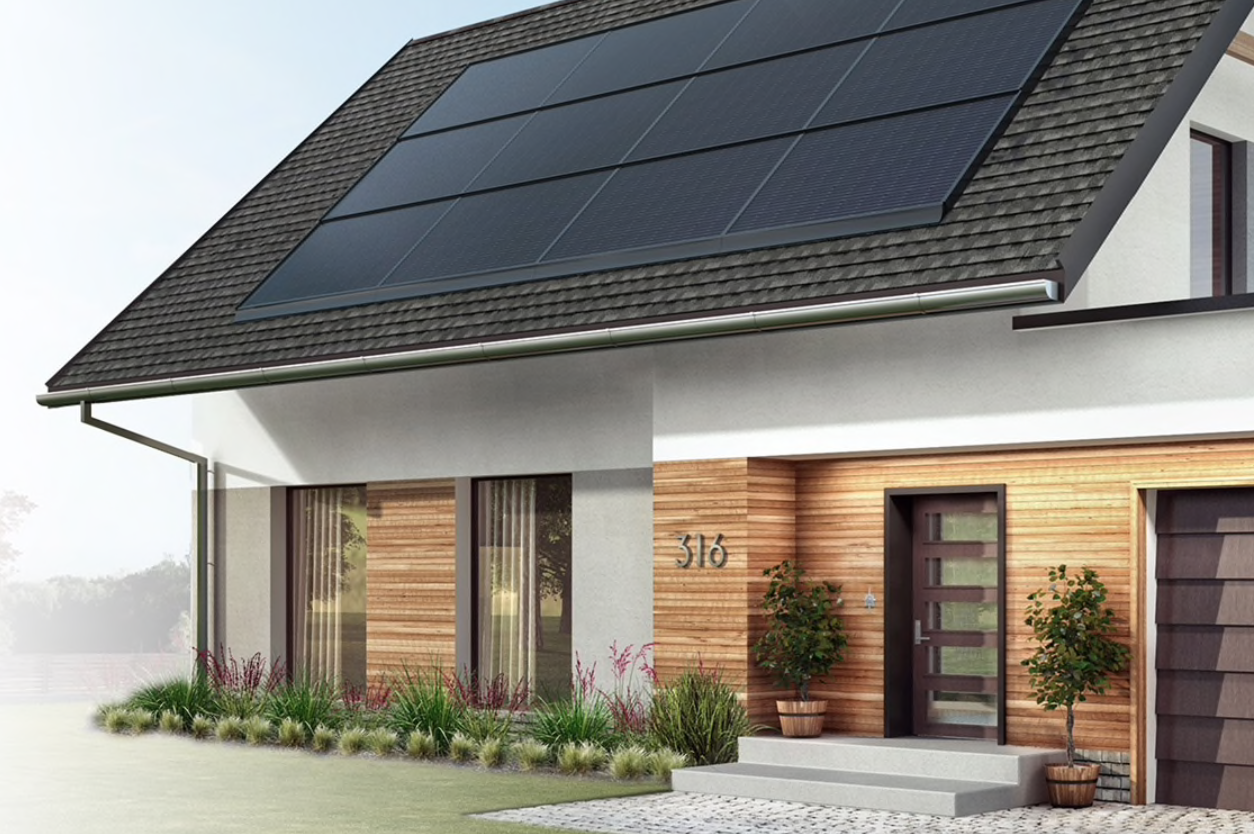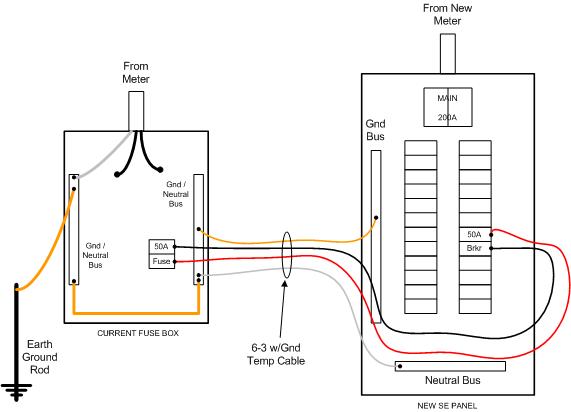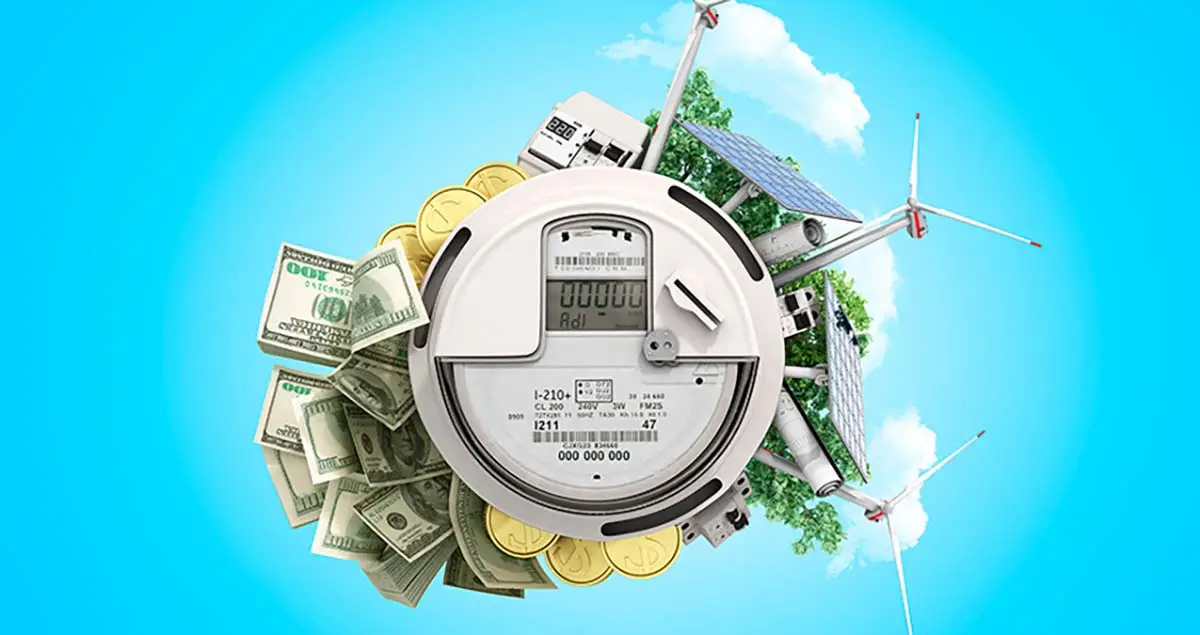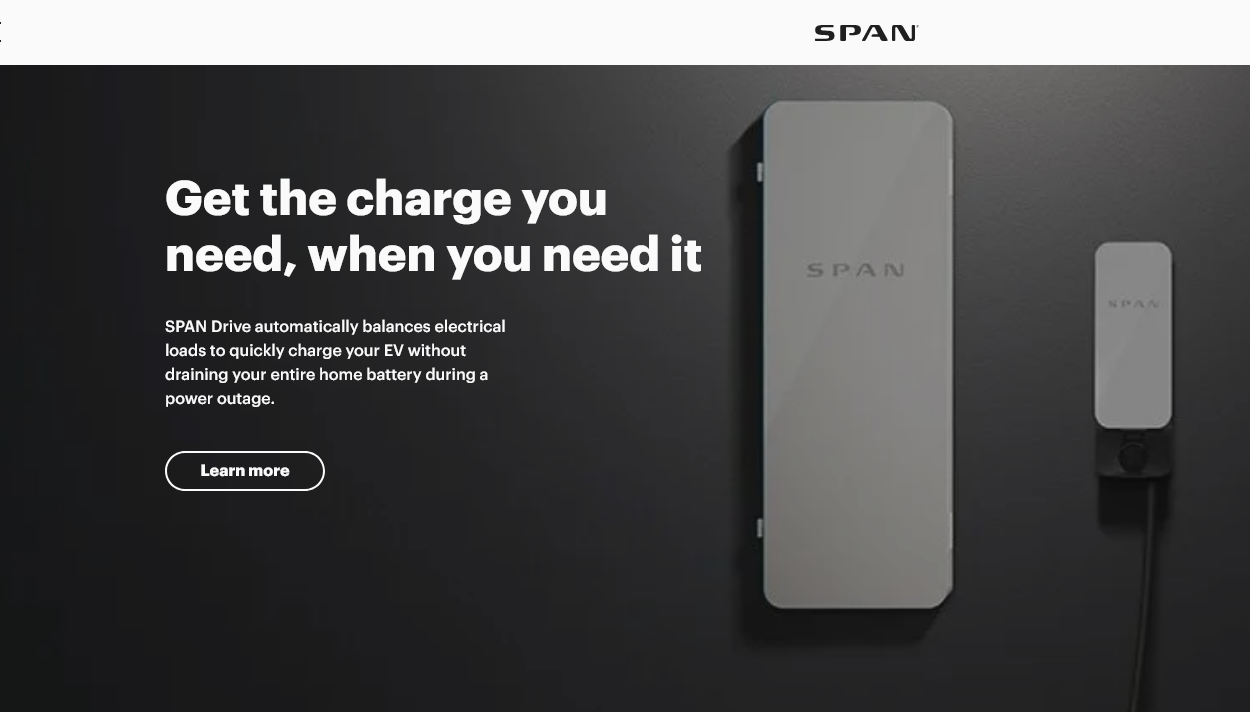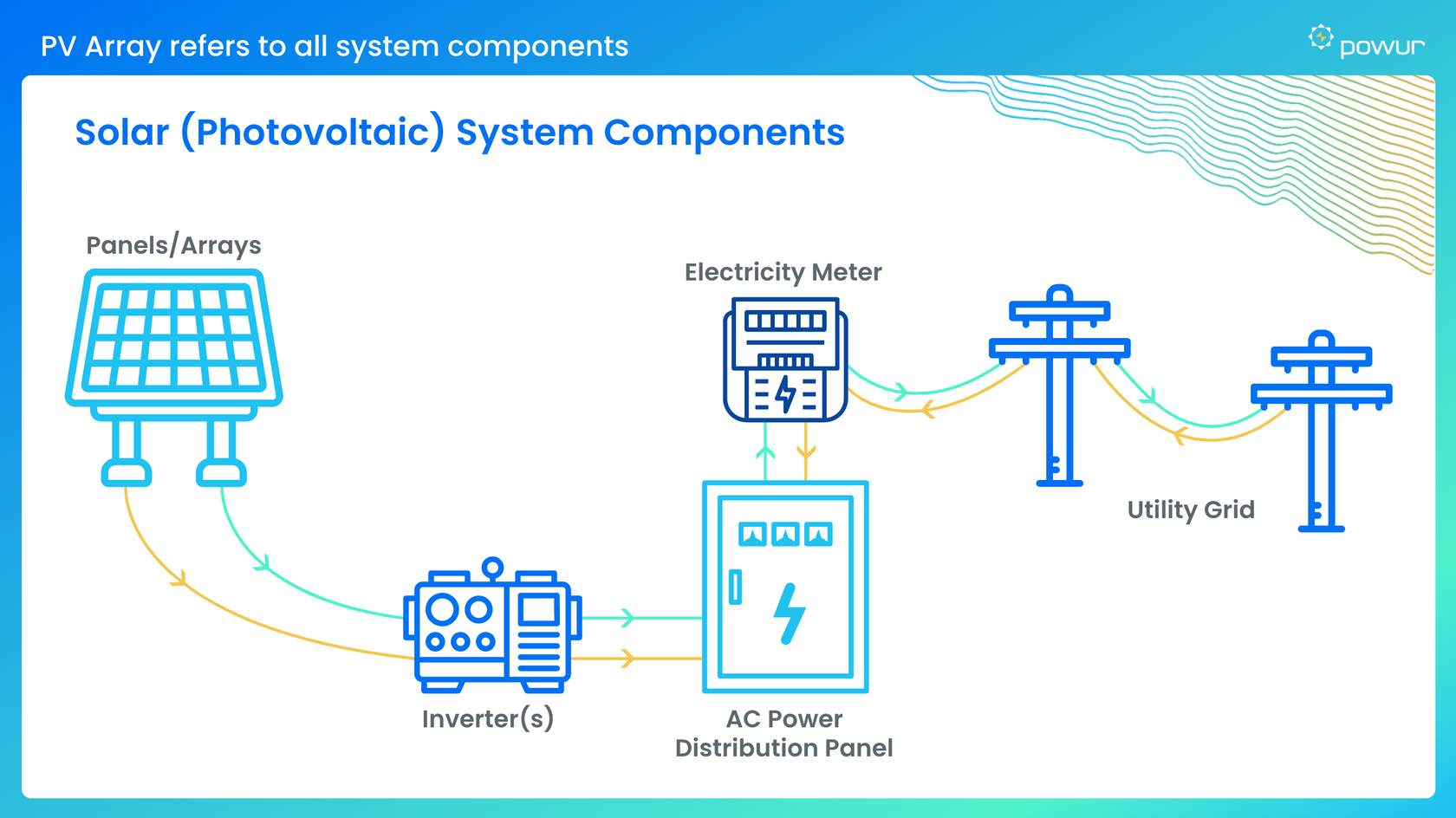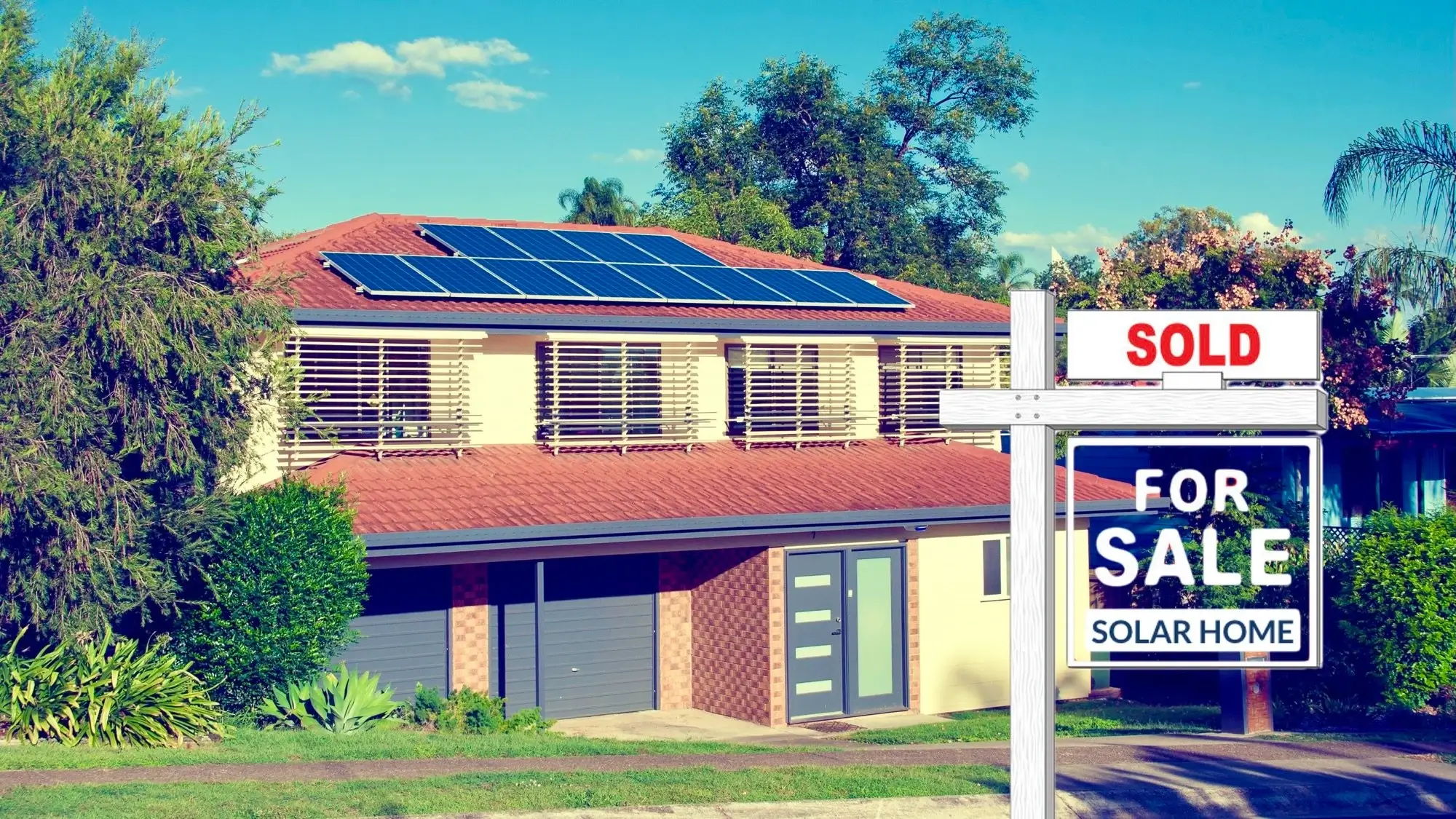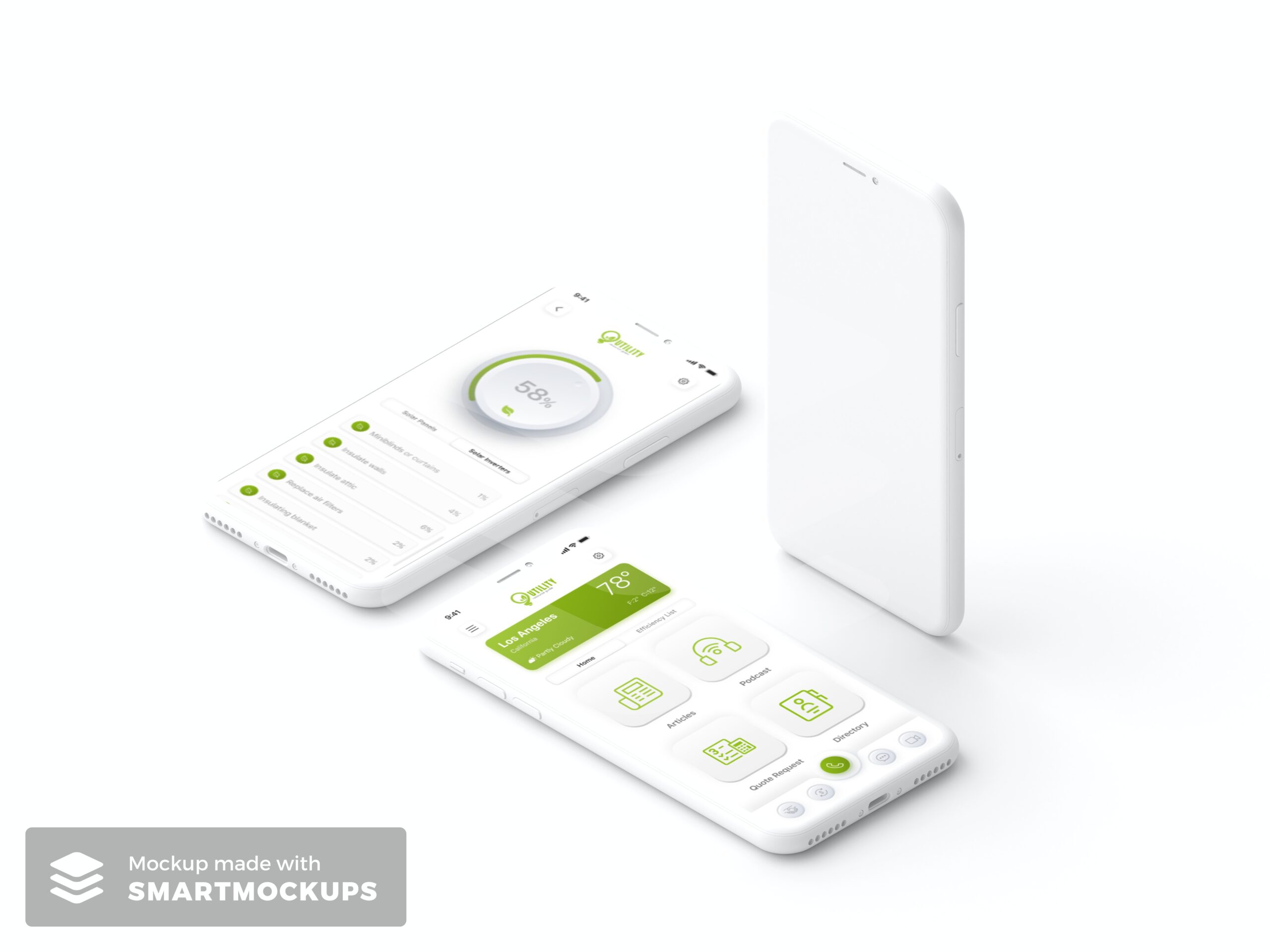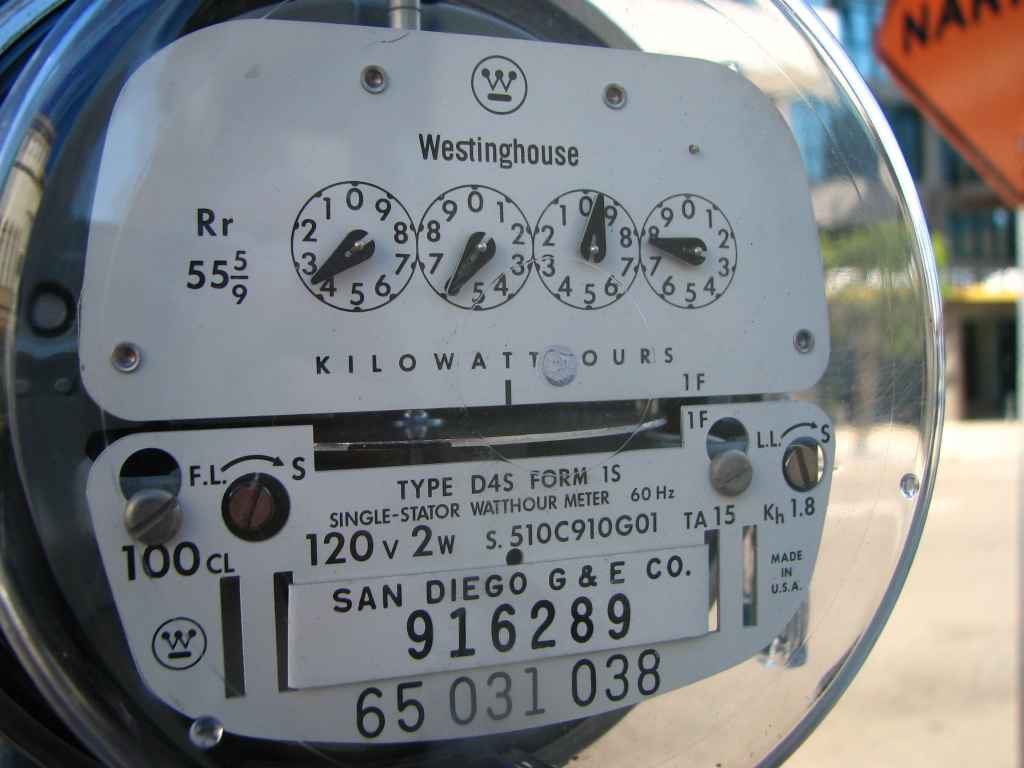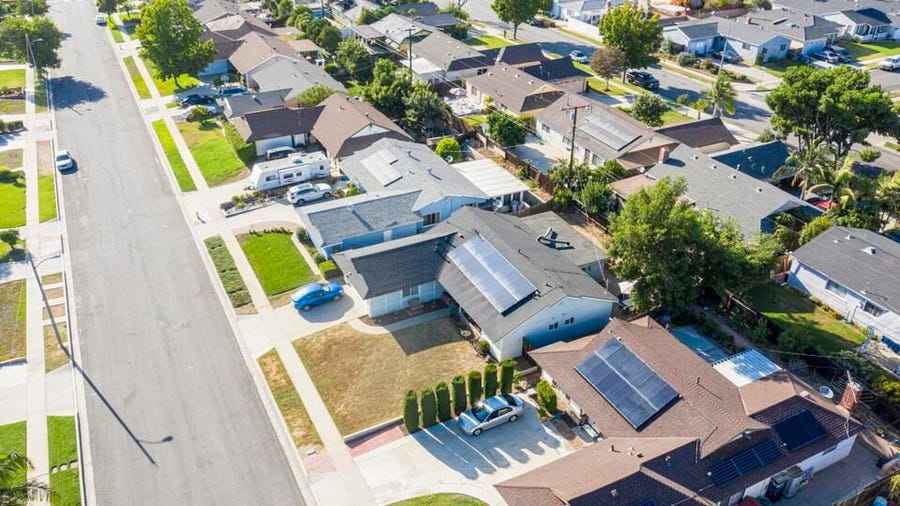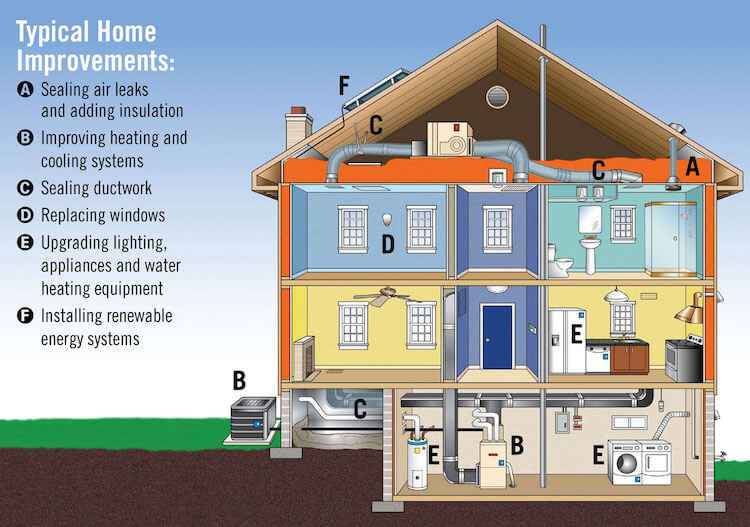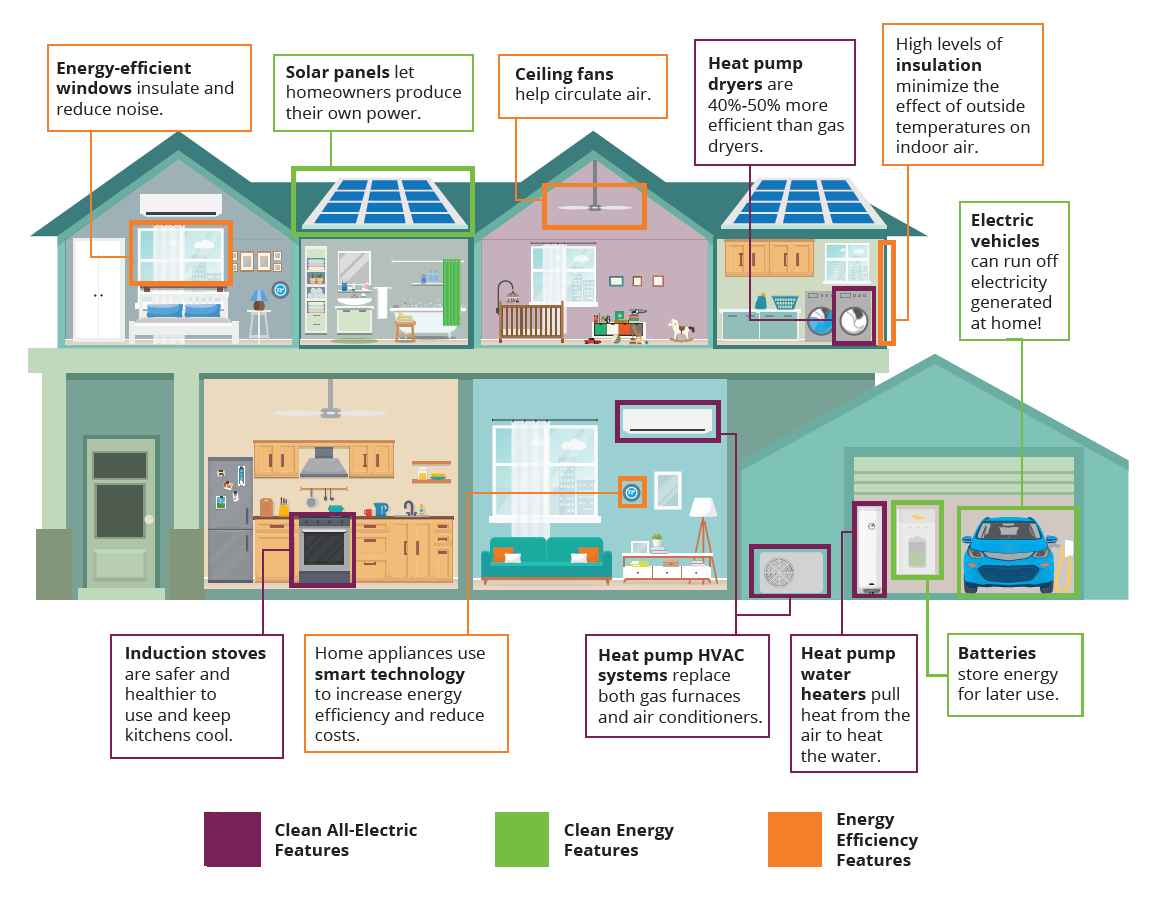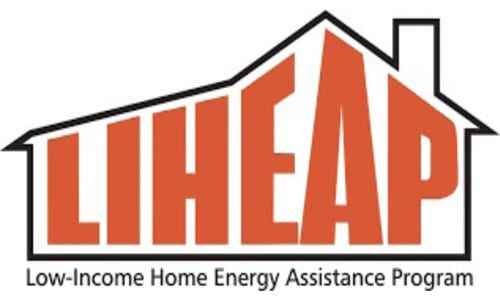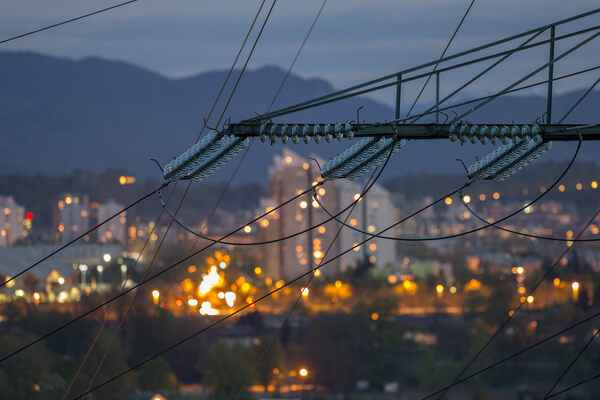
- January 1, 2023
- admin
- 0
With the California Public Utility Commission’s latest proposal for NEM 3.0, there has been a lot of talk in the residential solar world about net metering and other residential retail rate structures. While California’s proposition will dramatically diminish the potential return on investment for residential solar, the Lumin Edge will offer mitigation strategies to bring a solar return on investment back in line with net metering. To better understand the concept of asymmetric net metering, we must first understand net metering as it stands today.
Put simply, you are only charged for your net purchases of electricity with net metering. If you generate excess solar, then your electricity meter runs backward, and you are left with a smaller, or even negative, bill. Opponents of net metering argue that residential solar owners are not paying their fair share for their grid infrastructure usage, which results in rate hikes that impact low-income groups much more drastically than higher-income groups. Net metering’s opponents do not all agree on the residential rate structure that should prevail instead, but they can all be categorized with the umbrella term asymmetric net metering.
So what is Asymmetric Net Metering?
With asymmetric net metering, your electricity purchases and sales are not treated equally. Asymmetric net metering has many different forms, with the most common being flat fees and net billing.
With flat fees, the monthly energy bill is still determined by net electricity imports, but there is an additional fixed monthly grid access charge for customers who want to sell their excess generation back to the grid. With net billing, the customer is compensated at a lower rate for their electricity sales back to the grid than what they pay for electricity purchases. The current proposal from the California PUC levies both these forms of asymmetric net metering, which will result in a drastic extension in the payback period for an average home solar installation in California. This is a big blow to the residential solar industry, not only because California is the nationwide leader in residential solar deployment, but also because many fear this is a bellwether for future policy changes in other states across the nation.
Possible solutions for homeowners with residential solar
The takeaway from the push for asymmetric net metering is that generating excess solar energy during parts of the day and selling it back to the grid is likely not a sustainable long-term solution for homeowners with residential solar. Luckily, there are several possible solutions available, even if asymmetric net metering takes hold across the country. Below we walk through each of those options and their potential benefits and drawbacks.
1. Undersizing your Solar
Since a switch to asymmetric net metering will not impact the value of any energy that you self-consume, the most obvious, but least impactful, solution is to undersize your solar array such that it never generates more electricity than is consumed at any one time.
Pros:
- Ease
- Lower solar system costs
Cons:
- Most of your home’s electricity will still come from the grid (and therefore from fossil fuels)
- Ineffective utilization of total available roof space
- Nothing can be done for homeowners who have already installed solar
2. Installing More Batteries
Another option is to install a battery that is big enough to consume all your excess solar generation during the day and discharge at night.
Pros:
- 100% Self-consumption of electricity
- Minimized reliance on the grid
Cons:
- Dramatically increased up-front costs to install batteries
- Poor usage of the battery – without smart control it will likely sit discharged throughout most of the night and into the next morning
3. Use a Smart Energy System to treat your home as a grid and manage loads effectively
The most effective solution would be to install a system like Lumin Edge, which will intelligently control circuits to make sure that as much of your solar is self-consumed as possible, whether or not the system has a paired battery.
Pros:
- Low up-front cost and easy installation
- Works with all appliances, solar, and battery systems
- Lumin Edge can schedule electric vehicle charge time or control HVAC, water heater, and pool pump to match the solar generation profile
- When paired with a battery, Lumin Edge can increase its value by scheduling the battery dispatch to mitigate the largest loads or avoid electricity costs when they are at their highest
Cons:
- Lumin Edge will perform at its best when paired with a battery, but its smart load control, scheduling, and insights will all still be available to users without batteries.
So yes, asymmetric net metering is a potential negative for the solar industry, but if we start treating the home as its own microgrid with systems like Lumin Edge, we can maximize your self-consumption of your solar generation, minimize excess solar sales to the grid, and maximize the return on investment for your residential solar system.
